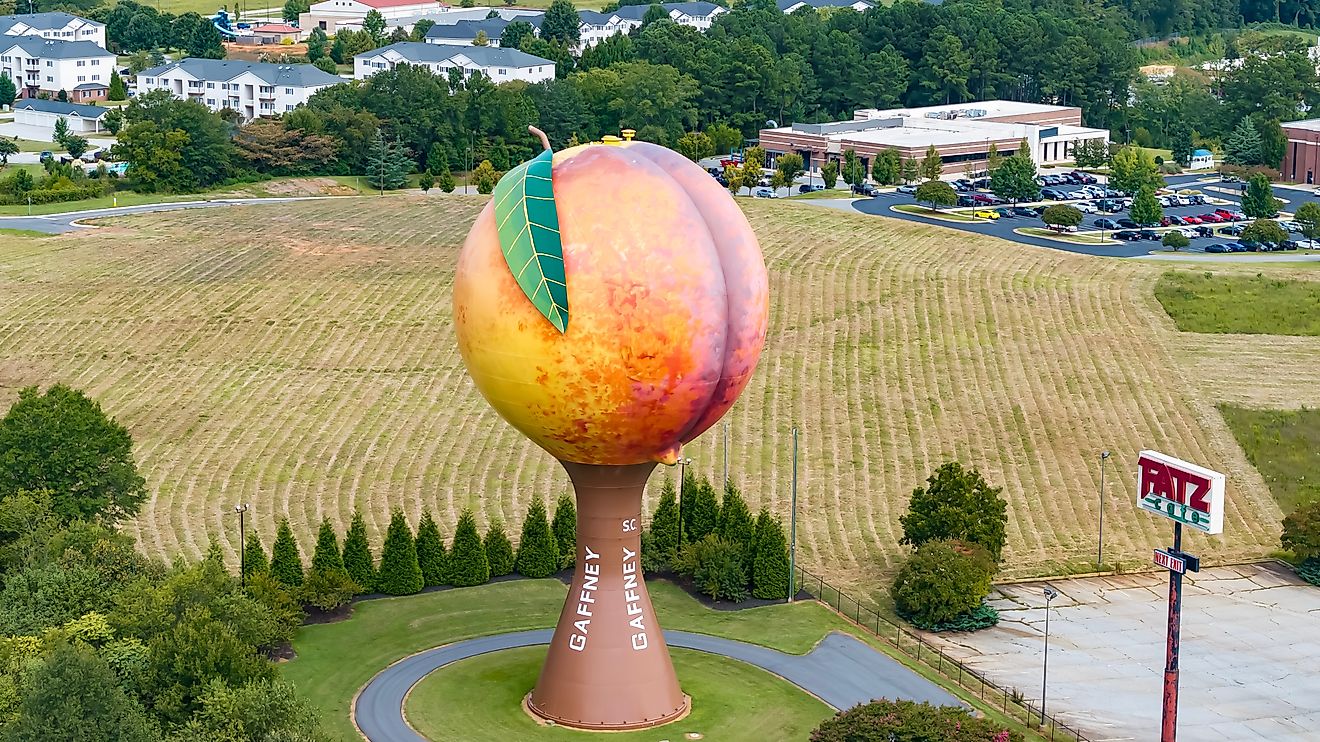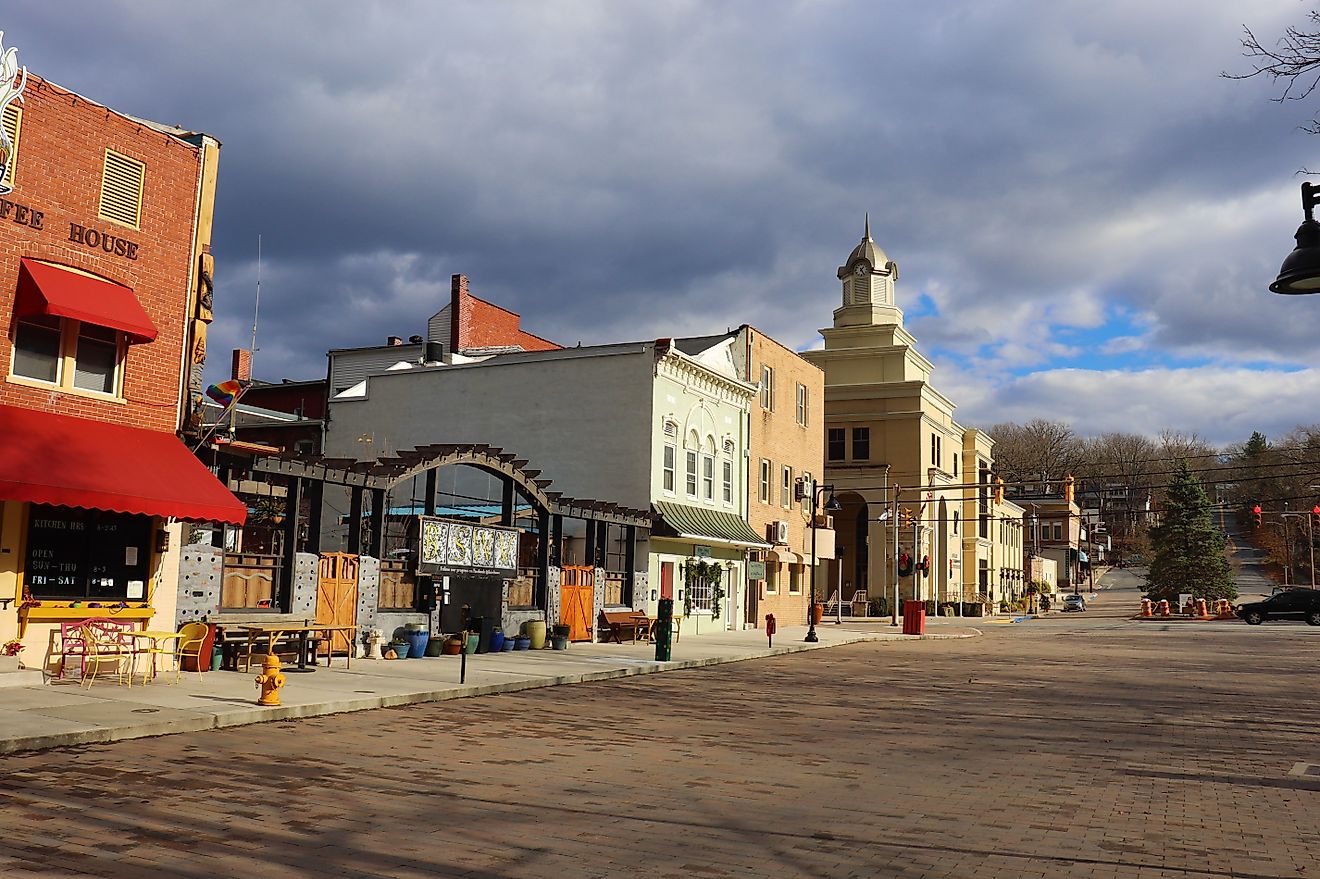
Birmingham, United Kingdom
Birmingham is the largest city in the United Kingdom outside of London, located in the West Midlands region. The city’s moniker reflects its history. It is known as the “city of a thousand trades” and “the engine room of the UK.” In addition to significant technical and industrial innovations, the original FA cup was manufactured in the city and the very first whistles for football referees. Modern Birmingham is diverse and economically diversified. It is a city of culture, with the renowned Birmingham Museum and Art Gallery and other institutions. It is also a city of greenery. Birmingham has more canals than Venice, incorporating 35 miles of waterways within city limits. The canals connect the inner city with more than 8,000 acres of open spaces, including 571 parks, and are a hub for boating, fishing, and other outdoor activities.
Geography And Climate Of Birmingham

The city of Birmingham is situated about 160km northwest of London, near the center of England. The region sits on the Birmingham Plateau, an upland area that ranges between 150 and 300 meters above sea level. Coal deposits lie underneath layers of sandstone and clay. While no rivers pass through it, the Birmingham Plateau is situated in the watershed between the Rivers Avon, Trent, and Severn, with access to plenty of freshwaters. Landlocked, the area remained unsettled for centuries. However, the presence of coal, iron, and timber made Birmingham a prime territory for industrial expansion.
As per the Köppen climate classification, Birmingham experiences a temperate maritime climate. Summers are warm, with daytime highs averaging around 20 °C between July and August. Humidity may be experienced during the summer months. In January, the coldest month, daytime highs average just under 6.6 °C. In winter, snow showers are common, but extreme conditions are rare in any season. July is the sunniest month, with bright or at least partly sunny conditions about 55% of the time. The cloudiest month is December when the skies are overcast about 73% of the time. The wettest period of the year runs from early October to late June, with the wettest month being November, with more than nine days of rain.
History Of Birmingham

Metchley Fort is a Roman edifice constructed in what is now Birmingham soon after the occupation of Britain in AD 43. There is archaeological evidence of a settlement around the fort and Stone Age artifacts dating back to about 8,000 BC. During the Saxon rule in the 6th century, Birmingham consisted of a single small settlement amid thickly forested land. The settlement was named after the Saxon leader who lived there, either Birm or Boerma. The area was not home to a permanent settlement until the Middle Ages. Lord Peter de Bermingham, the local landowner, was granted a charter to hold a market in 1166 and subsequently created the town. During the Middle Ages, maritime access was crucial to development, and its growth was slow. Birmingham’s iconic canal system (Birmingham Canal Navigations) was built during the 18th and 19th centuries to facilitate the transport of goods, iron, and coal from the many factories. The first was the Birmingham Canal, constructed between 1768 and 1772. It connects to the Grand Union Canal, which has its start in London. In the late 18th century, Birmingham reached a pinnacle of growth and influence throughout Europe that continued for centuries. The city was heavily bombed during the Second World War. After a transition period, the city underwent a renewal program that saw the construction of many high-rise offices and apartment blocks, along with a new road system and commercial complexes in the downtown area.
Population Of Birmingham

Historically, Birmingham was located in the county of Warwickshire. The modern city of Birmingham is a metropolitan borough covering 267.8 sq. km. Birmingham grew from a tiny hamlet in the 12th century to an estimated 1,500 residents by about 1500. The hamlet became a settlement and is thought to have reached about 15,000 by the late 1600s. As the Industrial Revolution took hold, it jumped to more than 73,000 within a century. The city continued to grow exponentially. In 1889, Birmingham's boundaries expanded to include surrounding areas, and it gained city status. The population in 1901 was estimated at over 522,000, reaching over a million by 1931, and with the support of a flourishing labor market, remained relatively stable for the next four decades. After falling slightly from the 1980s through 2000, the city's population grew by 11% from 2000 to 2013. The 2020 mid-year population estimates by the Office for National Statistics put the number of residents at 1,140,500. The Greater Birmingham area, which incorporates outlying suburbs, is the third most populated region in the United Kingdom, with an estimated population of 2,440,986, according to 2011 census data. The population of Birmingham is diverse. Figures released by the Office for National Statistics in 2017 estimate that ethnic minorities number over 800,000 among the city's residents. Many have roots in the Commonwealth countries, along with a sizable Chinese population.
Economy Of Birmingham

Because of the abundance of natural resources, industry in Birmingham became specialized along several lines, including metalworking, guns and weapons manufacturing, and both costume and fine jewelry. Local talent helped to cement the city’s place in the world of industrial innovation. The steam engine was invented by Engineer James Watt in Birmingham, and colleagues Matthew Boulton and William Murdock pioneered other developments through Boulton’s Soho Manufacturing. Birmingham and the West Midlands area are home to many iconic auto manufacturers, including Aston Martin, Jaguar, Peugeot, and Triumph. One facility alone, the Longbridge factory, produced 14 million cars over a century-long period. Modern factories in the West Midlands produce cutting-edge electronic vehicle tech. In the late 20th and beginning of the 21st century, along with much of the world, Birmingham’s economy transitioned to a service and tech-oriented model, although industry and engineering continue to play a prominent role.
Attractions In Birmingham

Birmingham’s old city center is a haven for the well-preserved architecture of its past era, including the neoclassical Town Hall built in 1834 and Renaissance-style Council House (completed in 1881).

Jewelry and craftwork aficionados will enjoy Birmingham's Jewellery Quarter, with more than 800 craftspeople, dealers, and retailers—Europe's largest concentration. It still produces about 40% of the UK's jewelry. The Quarter is located near St. Paul's Church in the city's downtown, in an area of renovated Georgian buildings, including art galleries and bars.

For culture aficionados, the city is home to the Birmingham Repertory Theatre, the Old Rep Theatre, and the Birmingham Hippodrome, the home venue for the Birmingham Royal Ballet, a premier touring company. Along with high brow culture, the city has produced many of the icons of modern Western music, including Ozzie Osbourne, with both Black Sabbath and Judas Priest formed in the city in the 1970s. Led Zeppelin singer Robert Plant and multiracial band UF40 were also formed there. The city is still home to a vibrant music and nightlife scene.
About 34 million tourists visit Birmingham every year, a testament to the city’s resurgent appeal after the years of a global industrial decline. As an administrative and cultural center, as well as a historic hub of innovation, it is a city with much to offer for residents as well as visitors. Birmingham’s technical, civic, and artistic influence has reached every corner of the globe. Its iconic canal system, once the lifeblood of its industrial 18th century past and now lined by trendy restaurants and bars, is a symbol of its evolution.











